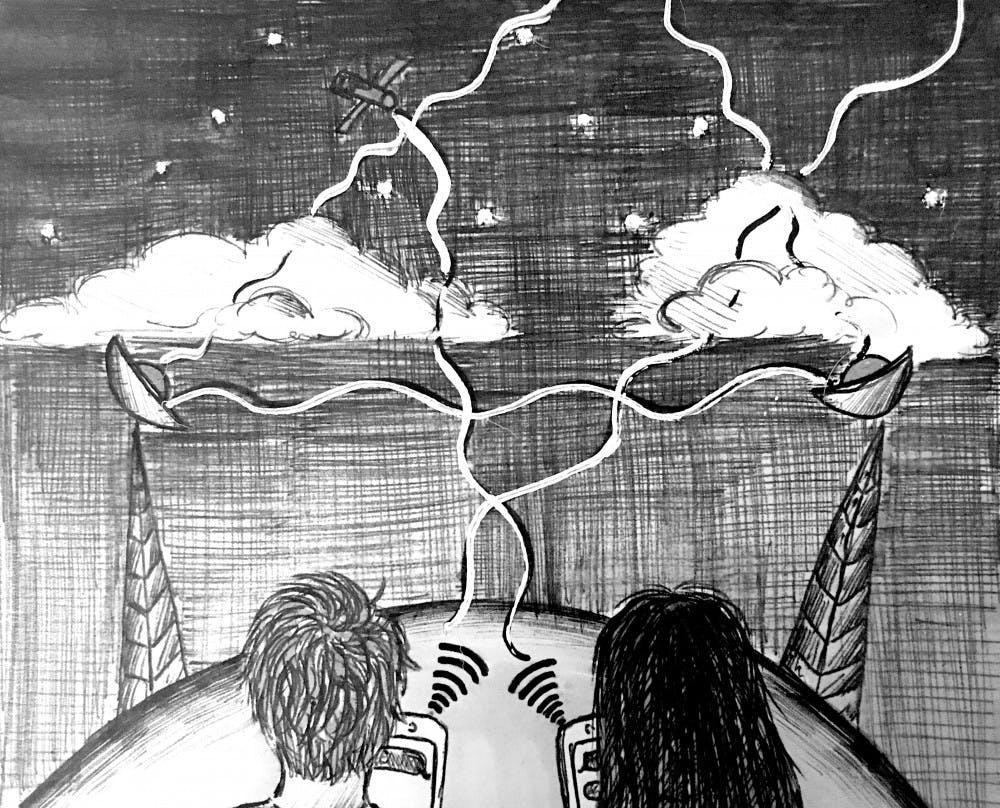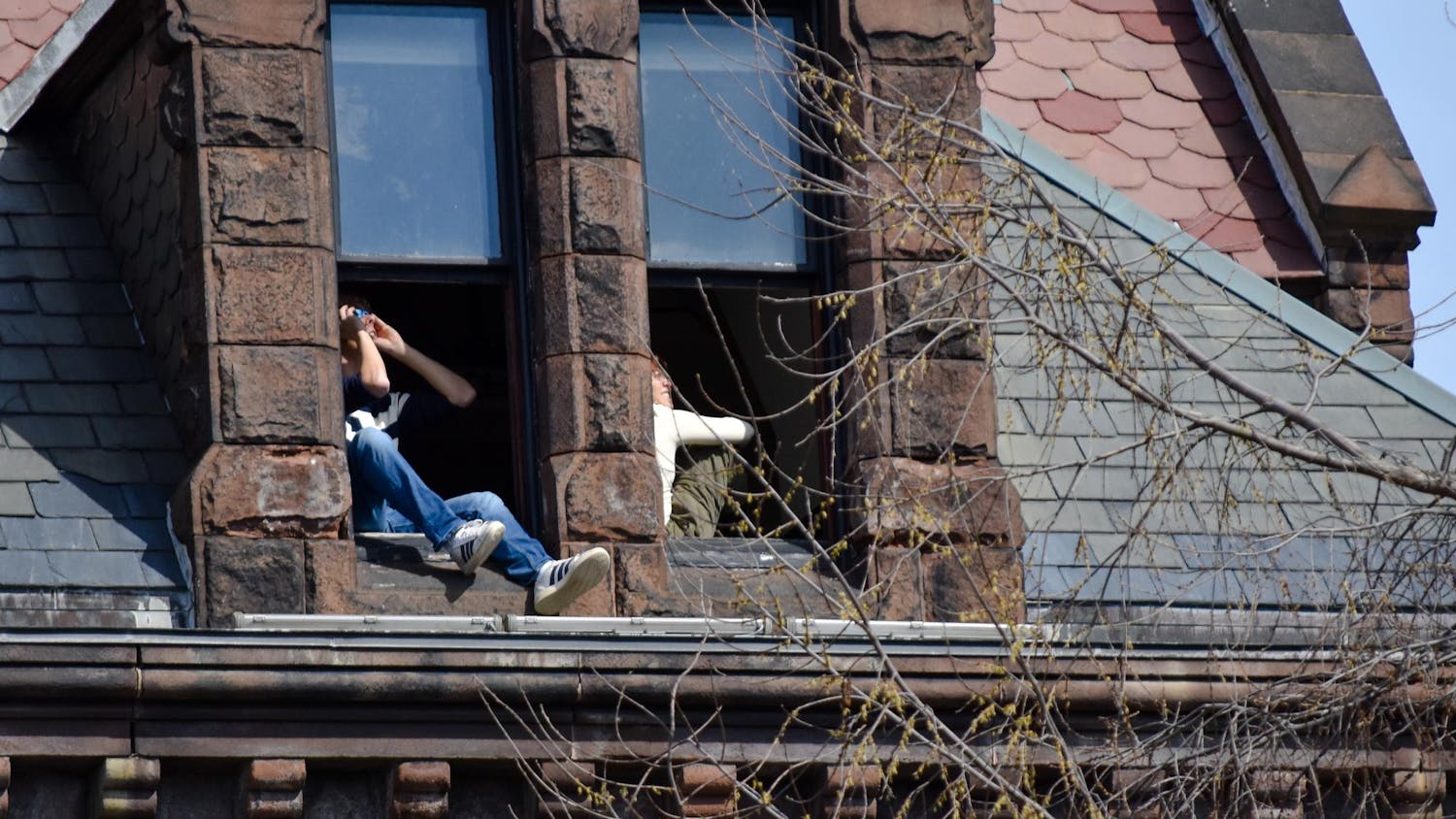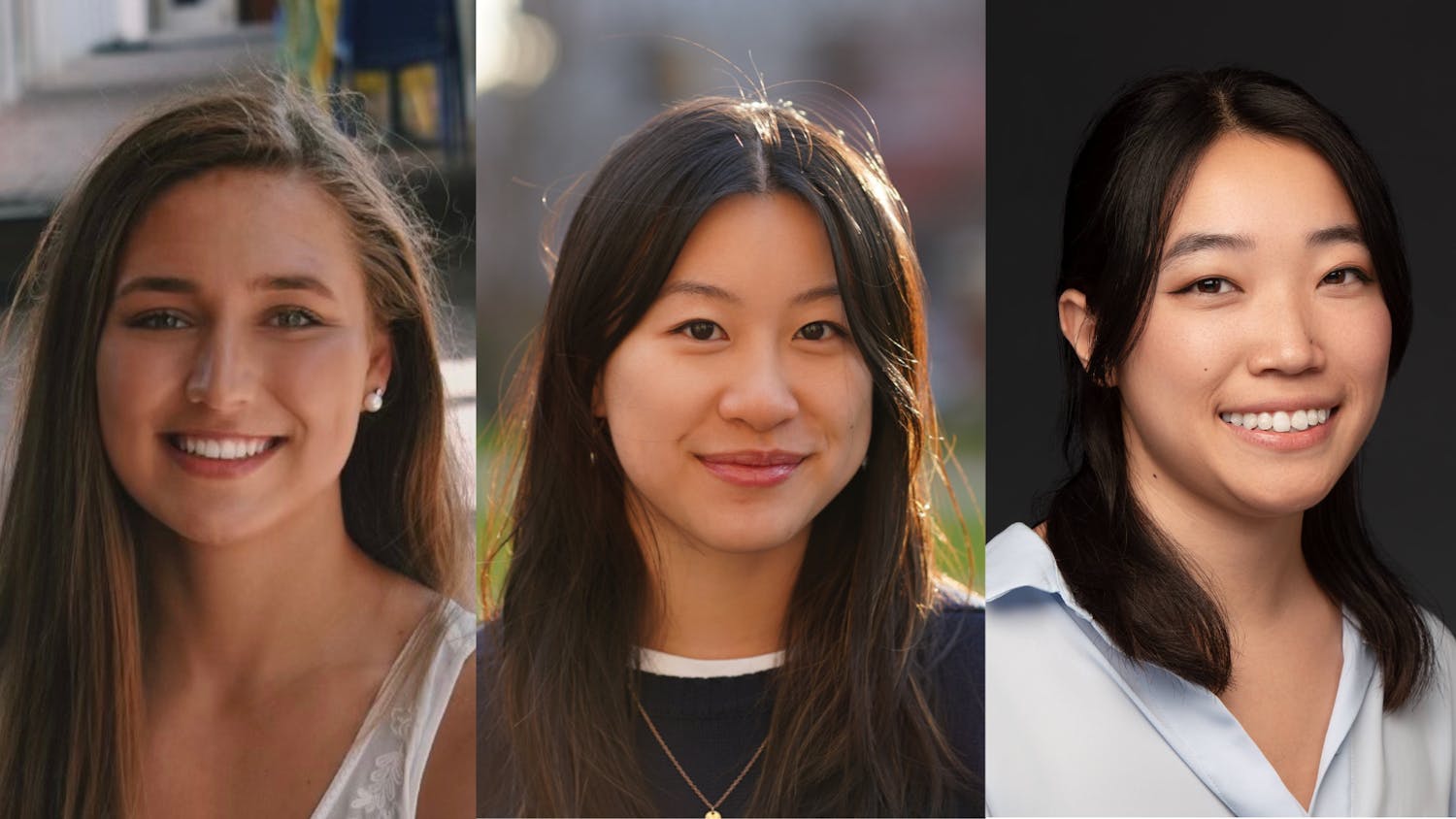The Institute for Computational and Experimental Research in Mathematics held a workshop on waves and imaging in random media last week, uniting scientists and mathematicians from different fields, institutions and backgrounds to present research on the many facets of the subject.
With so many practical applications, ranging from medical scanning to radar and seismology, the workshop’s focus is one of the “hottest topics in applied mathematics,” and the field has been expanding over the past 20 years, said Kui Ren, a coordinator and professor of mathematics at the University of Texas, Austin.
One well-known instance in which waves are used to penetrate “random media” is the common x-ray: Waves travel through tissue to allow a visual of what lies inside, Ren said.
Medical implications may offer the most direct and immediate effect on the public — “better resolution” fosters faster detection of birth defects, for example, suggested Chrysoula Tsogka, one of the coordinators of the workshop and professor of applied mathematics at Greece’s University of Crete and Stanford University. Other important applications include monitoring volcanoes, scanning the earth for oil and observing seismic activity.
“We would like to understand how complex media might affect our capabilities of imaging,” said Tsogka. Ren called this “one of the central issues in imaging,” due to the fact that “in general there is nowhere you are in a clean environment.”
Seeking this understanding meant bringing together a diverse cohort of experts. The workshop gathered about 60 mathematicians and researchers from across the globe and featured 20 speakers with varied research histories. “That’s the goal of this workshop: to make people from different fields meet, talk together and exchange ideas,” said Josselin Garnier, professor of applied mathematics at France’s Ecole Polytechnique and an organizer of the workshop.
Tsogka expressed the same sentiment, adding that “ideas that have worked in one application can be transferred to others. … It’s this interdisciplinary application that usually brings new insights for everybody.”
There was generative overlap between two speaker’s presentations, according to Tsogka — a method one had seen work in seismology, another had found to be similarly applicable to optics. “We might see a lot of imaging applications because of that,” she added.
A key unifying factor amongst the workshop’s presentations and the differing fields represented is a single mathematical model, Garnier noted. “The values of the parameters, the scaling regime, what is small, what is large, depends on the application — but the basis is the wave equation,” he said. The wave equation is central to this research, though it is only part of a much larger mathematical picture. At the conference, people were discussing “almost anything you can think of in mathematics,” Ren said.
This workshop is part of ICERM’s semester-long program tackling “Mathematical and Computational Challenges in Radar and Seismic Reconstruction.” The workshop topic was the “perfect fit” for the broader program given its exploration of imaging methodologies that are crucial to these applications, Ren added.





